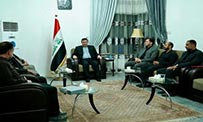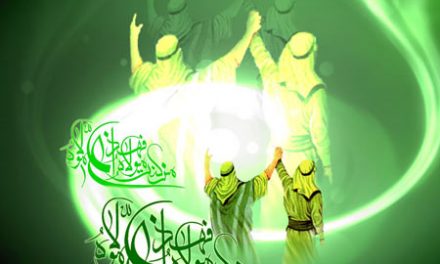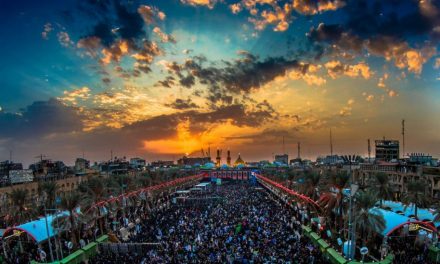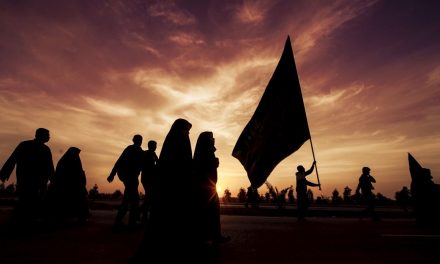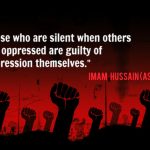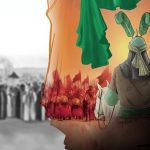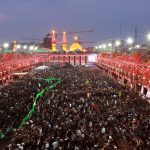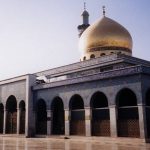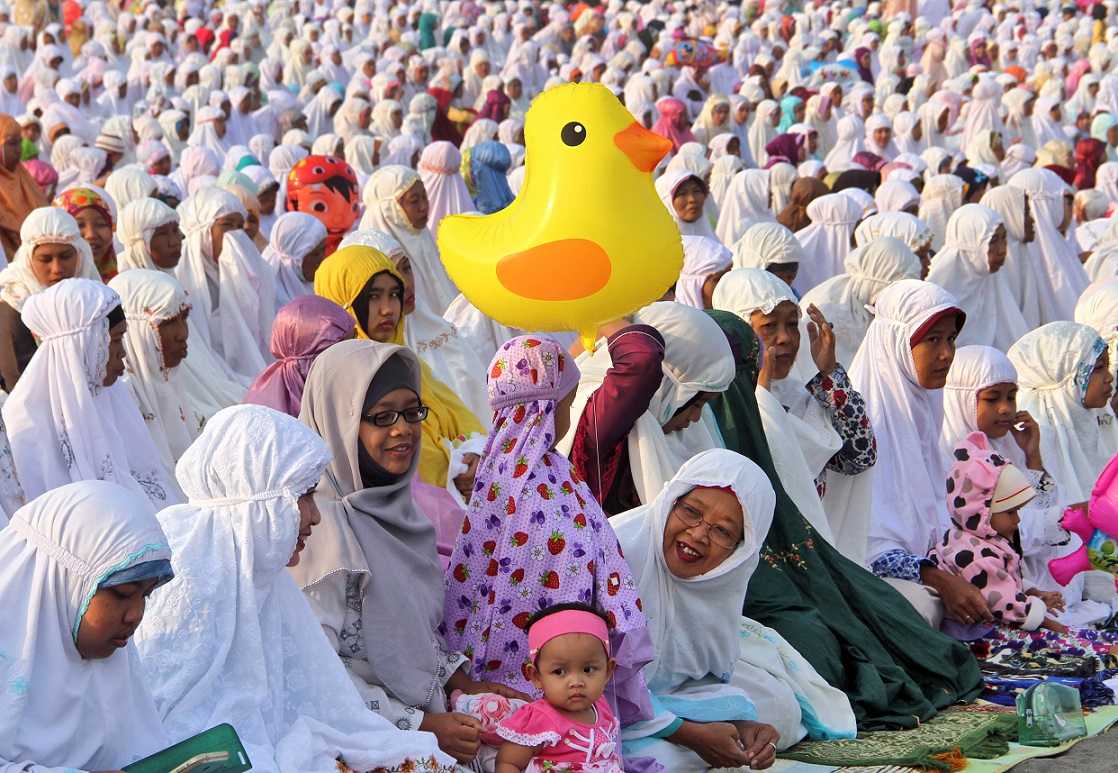
Eid al-Fitr is an important religious holiday celebrated by Muslims worldwide that marks the end of Ramadan, the Islamic holy month of fasting.
What does Eid al-Fitr mean?
Eid al-Fitr means “festival of breaking the fast” and marks the end of the fasting month of Ramadan. It is celebrate for several days, and on the morning of the first day, Muslims gather for prayer.
Eid is also infused with different traditions in different countries. Most people use the days of Eid for visitations. Other traditions include the Eidiyah, money given to kids on Eid and wearing new clothes.
When does Eid al-Fitr begin?
It begins with the first sighting of the new moon, so most of the time Muslims have to wait until the night before Eid to verify its date. The starting day varies every year and from country to country depending on geographical location.
How do people celebrate?
Eid traditionally start with prayers followed by a short sermon. In some countries the prayers take place outside, while others are hosted in mosques or large halls. People then visit relatives, friends and sometimes graveyards to pray for their dead.
Many people wear traditional clothes, give gifts or money to children, and donate to charity. In some countries, the holiday is known as Sweet Eid for its variety of sweets.
What are the common Eid greetings?
The most popular greeting is Eid mubarak (Blessed Eid) or Eid sa’id (Happy Eid). Eid greeting also vary depending on the country and language. For instance, in Indonesia Eid is called Lebaran, so Indonesians would say, “Selamat Lebaran” which means Happy Eid. Other variations of Happy Eid are “Mutlu Bayramlar” in Turkish and “Barka da Sallah” in Hausa, a Nigerian language.
Source: AlJazeera.com

